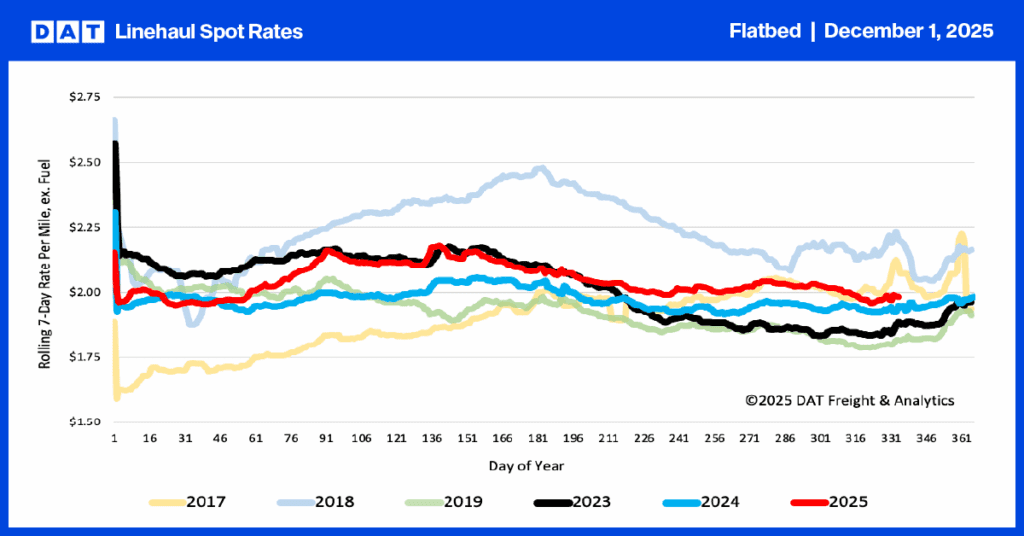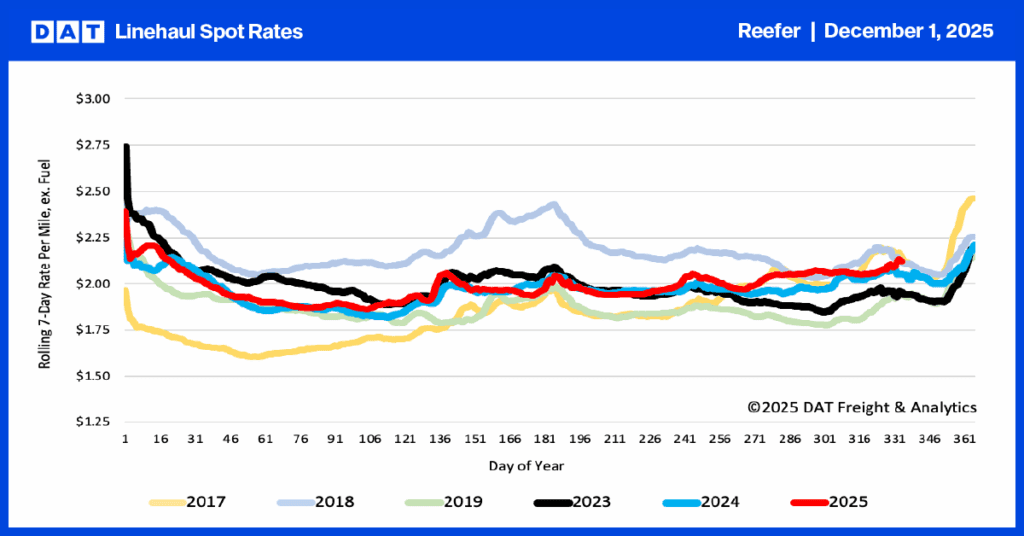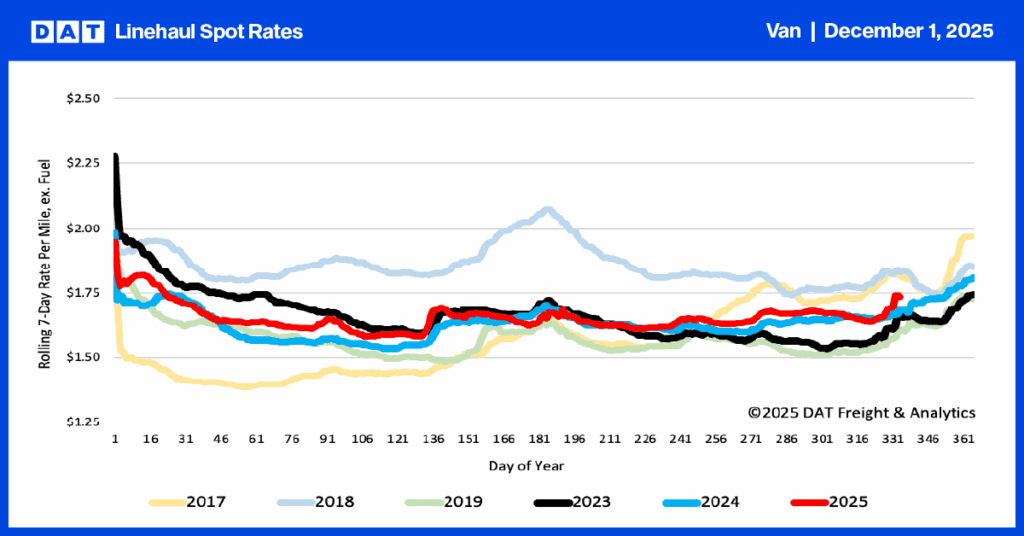November means a focus on drowsy driving after daylight saving ends as the National Sleep Foundation (NSF) gears up for Drowsy Driving Prevention Week (DDPW) from November 6-13. It’s also the perfect time to focus on sleep deprivation and drowsy driving as it coincides with the end of Daylight Saving this Sunday at 2:00 AM eastern and elevated accident risk.
The annual DDPW campaign aims to reduce the number of drivers who drive while sleep-deprived and, according to NSF, is the cause of more than 6,400 U.S. deaths annually and 109,000 injuries. The economic costs of fatigue-related fatal and injury crashes are estimated at $109 billion, according to the National Highway Transport Safety Administration (NHTSA).
Driving drowsy is the same as driving drunk.
Just over 25 years ago, Professor Drew Dawson at the Center for Sleep Research in Adelaide, Australia, conducted one of the first studies to equate the performance impairment caused by fatigue with alcohol intoxication. The aim was to show that moderate levels of fatigue produce higher levels of impairment than the prescribed level of alcohol intoxication. Prof. Dawson found plenty of willing volunteers to participate in the study, especially the group asked to consume alcohol at 30-minute intervals.
The comparisons between the sleep-deprived and alcohol-impaired group after 28 hours showed that after 17 hours of sustained wakefulness, cognitive psychomotor performance or motor skills decreased to a level equivalent to the performance impairment observed at a blood alcohol concentration of 0.05%. This is the prescribed level of alcohol intoxication in many western industrialized countries. After 24 hours of sustained wakefulness, cognitive psychomotor performance decreased to a level equivalent to the performance deficit observed at a blood alcohol concentration of roughly 0.10%.
Drowsy driving is part of a much bigger problem, though.
The National Highway Traffic Safety Administration (NHTSA) reported that 42,915 people died in motor vehicle crashes in 2021 – the most since 2005 and an average of 117 deaths daily. Crash deaths rose by 10.5% in 2021 compared to the year before, making it the largest-ever annual percentage increase in the nearly five-decade history of the Fatality Analysis Reporting System. NHTSA’s 2021 Early Estimates of Motor Vehicle Traffic Fatalities also highlight concerning increases in several types of roadway deaths, including pedestrians (up 13%), on urban roads (up 16%), and in speeding-related crashes (up 5%).
While estimates of deaths caused by drowsy drivers range from 2% to 20% of all traffic fatalities, safety officials agree that the extent of the problem is not fully known. According to GHSA Executive Director Jonathan Adkins, “There are challenges associated with measuring and combating drowsy driving. Law enforcement lacks protocols and training to help officers recognize drowsy driving at the roadside. And if a crash occurs, the drowsy driver may not report the cause due to monetary and other penalties concerns.”
Despite community awareness, fatigue-related accidents continue to rise.
Drowsy-driving campaigns have been around for at least 25 years, yet despite the community awareness campaigns, injuries and fatalities from fatigue-related crashes seem to have made little impact on changing driver behavior. One of the main reasons for the lack of progress is the terms “drowsy driving” and “fatigue-related,” which describe the symptoms rather than the cause.
At the heart of the matter are sleep, diseases of sleep, sleep deprivation, irregular work schedules, and light pollution. Focusing on the outcome does little unless there’s more focus on the solution, which occurs at home before anyone gets behind the wheel. Sleep education is critical and should be taught in every high school and university – that’s the only way to obtain generational change and improve sustained driver behavior. The other factor is impairment, i.e., a tired driver often lacks the ability to perceive the level of risk behind the wheel and often keeps driving head-on into danger. After all, the last person to ask how tired they are is a driver.
When and where are the danger zones?
Sleepiness can result in crashes any time of the day or night, but three factors are most commonly associated with drowsy-driving crashes.
- Occur most frequently between midnight and 6 a.m. or late afternoon. At both times of the day, people experience dips in their circadian rhythm—the human body’s internal clock that regulates sleep;
- Often involve only a single driver (and no passengers) running off the road at a high rate of speed, in cruise control, and with no evidence of braking; and
- Frequently occurs on rural roads and highways.
A study by researchers at Carnegie Mellon University in Pittsburgh in 2007 found that the time switch seems to impact the number of pedestrians killed by vehicles in the immediate aftermath of the change back to standard time in the fall. People walking during rush hour in the first few weeks after the clocks fall back in the autumn were more than three times as likely to be fatally struck by cars than before the change. The same study also found a decrease in pedestrian deaths in the evening when clocks spring forward.
Better quality sleep from fewer hours in bed, you say?
To avoid drowsy driving and fatigue-related accidents, Improved sleep quality is the ultimate goal, and it comes from the timing of sleep, not so much as the quantity of sleep. Human sleep typically occurs in blocks of 90-minutes. It includes a range of brain wave activity that restores vital body functions, i.e., the lighter stages of sleep, including dreams or REM sleep (rapid eye movement). It restores critical driving functions such as cognition, vigilance, task tracking, and memory. In contrast, the deeper stage of sleep helps repair muscles, bones, skin, and the immune system.
These various stages of sleep take about 1.5-hours or what sleep experts call a ‘sleep cycle,’ and it’s the completion of full cycles that typically end in a dream that generates quality sleep – one cycle equals 1.5-hours, two cycles equal three hours, and so on. The timing of sleep, therefore, should be blocks of 1.5-hours and why six hours is better than seven and 7.5-hours is better than eight.
Try it. Set your alarm clock for multiples of 1.5-hours instead of a specific time and see how great you feel.


